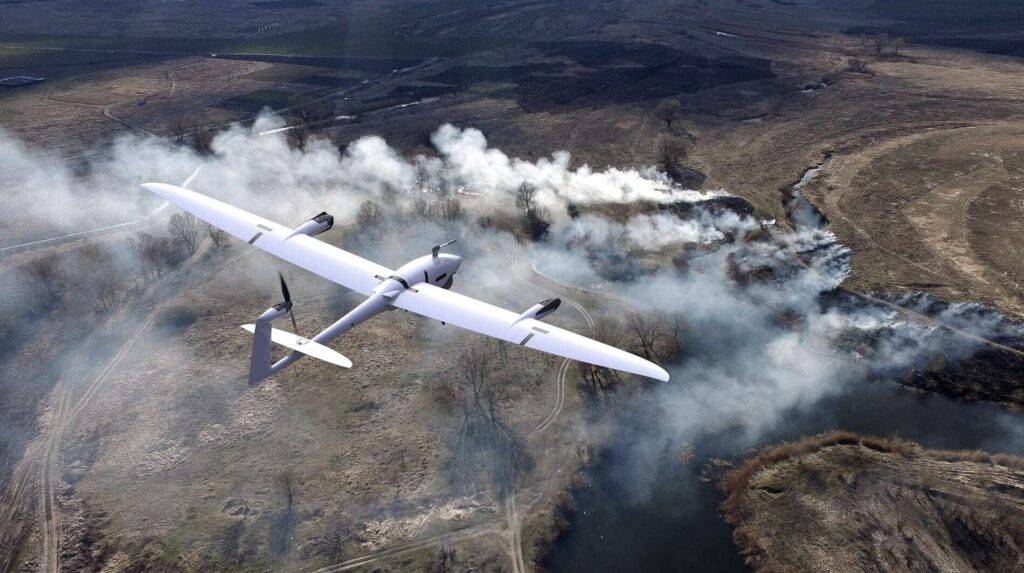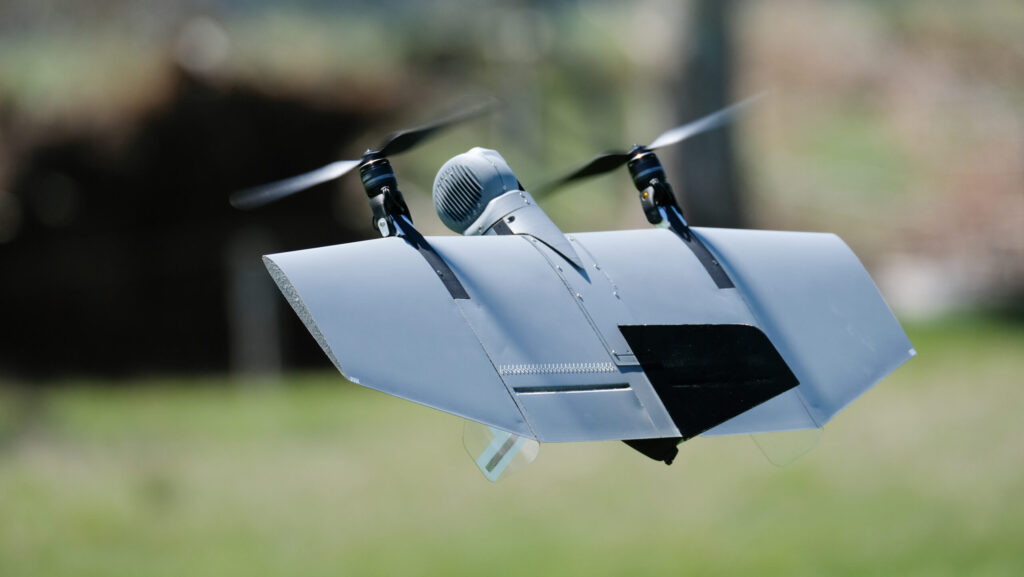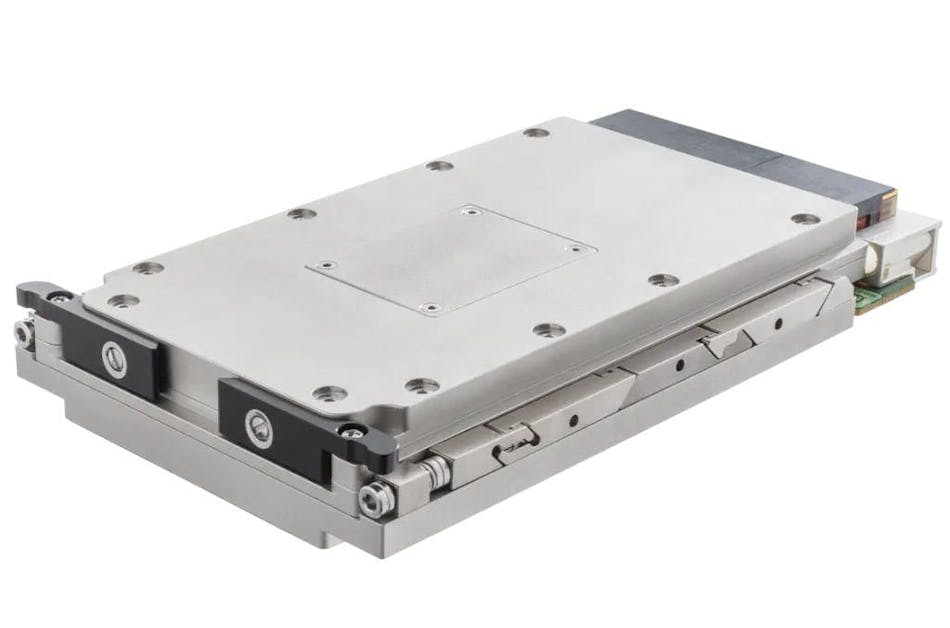1L3Harris ‘Viper Shield’ Electronic Warfare System Passes Rigorous Testing

[According to Military Aerospace website, July 15, 2024] L3 Harris has completed testing of its latest ‘Viper Shield’ electronic warfare (EW) system at the U.S. Air Force’s Integrated Defense Avionics Laboratory, which enhances protection for F-16 pilots. The software and hardware testing, referred to as ‘Drop 4’, was conducted on the AN/ALQ-254(V)1 ‘Viper Shield’ suite, which can accurately detect and highlight critical threats, filtering and analyzing these threats in a complex electromagnetic environment to provide pilots with precise situational awareness on the battlefield. The Drop 4 functionality of ‘Viper Shield’ utilizes representative production hardware and integrates seamlessly with all systems of the F-16. Additionally, Drop 4 ensures that pilots have enhanced protection capabilities against threats, thanks to an optimized countermeasure dispensing system that can efficiently deploy chaff and flares from the aircraft to effectively disrupt enemy weapon systems.
Ed Zoiss, President of L3Harris Space and Airborne Systems, stated, “Viper Shield is a virtual electronic armor that will enhance F-16 pilots’ ability to detect threats early, enabling them to self-defend and utilize this data to improve survivability.”
Colonel Michael Rigoni of the U.S. Air Force attended the testing and remarked, “Viper Shield demonstrated the functionality of radar warning receivers in a dense background RF environment, successfully detecting, identifying, classifying, and alerting multiple threats. The success of the Drop 4 test marks a significant maturity milestone in the system’s development.”
The ‘Viper Shield’ electronic warfare system is a baseline configuration for the global F-16 Block 70/72 fleet, capable of simultaneously enhancing both offensive and defensive capabilities. The system has demonstrated its exceptional performance through a series of key milestones, including perfect integration with the onboard APG-83 AESA radar. ‘Viper Shield’ can also be installed internally on traditional F-16 aircraft or configured as a fully integrated pod, utilizing existing external mounting lines for interchangeable units.
2
1Australia Invests AUD 140 Million in Tactical Drone Procurement
Quantum Systems’ Vector Drone
[According to U.S. Military News website, July 15, 2024] In close observation of global battlefield trends, the Australian military has decided to invest AUD 140 million (USD 94.9 million) to purchase dozens of German-made Vector reconnaissance drones and Australian-produced CorvoX drone systems.
Australian Defense Minister Pat Conroy stated to the media that the investment in over 100 drones is part of a comprehensive plan to equip the Australian military with autonomous drone systems. Both drone systems are set to be officially inducted into the Australian Defense Force next year, further demonstrating the Albanese Labor government’s commitment to accelerating the enhancement of Australia’s defense capabilities. These new systems complement other recently announced capability enhancement projects, whether it be the loitering munitions announced last week, additional investments in the loyal wingman ‘Ghost Bat’ project, or record investments in the new large underwater unmanned vehicle project – ‘Ghost Shark’.

CorvoX VTOL Tactical Drone Developed and Manufactured by Australian SYPAQ
The Quantum Systems’ Vector drone is powered by electricity, has a range of 35 km, and can transmit video through AI-controlled electro-optical sensors, making it a medium-range drone.
The SYPAQ Systems’ CorvoX drone features vertical takeoff and landing (VTOL) capabilities, utilizing a dual-engine foldable aircraft design, equipped with two different sensors, and can operate in extreme weather conditions. This lightweight system relies on advanced autonomous technology and mesh networking capabilities to collect and transmit target data from electro-optical and infrared sensors.
The CorvoX drone is produced by the same company that manufactures the well-known foldable cardboard drone, and it is currently widely used by Ukrainian forces. Both the CorvoX and the previously mentioned Vector reconnaissance drone are expected to be delivered for use next year.
3
1EIZO Launches Single Board Computer for C5ISR and Edge AI
[According to Military Aerospace website, July 17, 2024] EIZO Rugged Solutions, located in Orlando, Florida, has launched the Condor AGX-ORIN64-HPC 3U VPX single board computer, which complies with the Sensor Open Systems Architecture (SOSA) standard, designed to provide edge artificial intelligence (AI) processing capabilities for compute-intensive command, control, communications, computers, intelligence, surveillance, and reconnaissance (C5ISR) applications.
The AGX-ORIN64-HPC is based on the NVIDIA Jetson AGX Orin system-on-module (SoM). This compact computing module features the NVIDIA Jetson AGX Orin 64GB SoM, equipped with a GPU based on the NVIDIA Ampere architecture and a 12-core Arm Cortex-A78AE CPU.
The module is equipped with 64GB of LPDDR5 system memory, enabling memory bandwidth of up to 205GB/s, which can be shared among the internal CPU, GPU, and acceleration engines.
The NVIDIA Jetson AGX Orin features 2048 CUDA cores and 64 tensor cores, providing robust support for AI acceleration performance, and includes NVIDIA’s deep learning accelerator for executing complex machine learning computations.
The Condor AGX-ORIN64-HPC single board computer also integrates the NVIDIA ConnectX-7 network card, enabling high-speed data transfer of up to 100 Gbps, and using Gigabit Ethernet for high-speed data transfer of 25 Gbps. Through NVIDIA GPUDirect RoCE technology (GPU Remote Direct Memory Access over Ethernet), it enables high-speed communication between distributed sensors, RF transceivers, and platforms. The card supports 64GB of eMMC internal storage, features an M.2 2230 interface for expandable storage, and includes high-speed I/O interfaces such as USB 3.2, DisplayPort, and RS-232 serial interface.
The modular design of the Condor AGX-ORIN64-HPC complies with VITA 46/65 standards and the SOSA technical standard slot profile 14.2.16. The product is designed to meet MIL-STD-810 standards for temperature, shock, vibration, and humidity requirements.
(Chen Ze, Cheng Yuan, Xi’an Institute of Applied Optics)

New Optoelectronics

Long press the QR code to follow us
Welcome to reprint, please indicate the source!
Welcome to follow the ‘Applied Optics’ public account
Welcome to reprint, please indicate the source!
